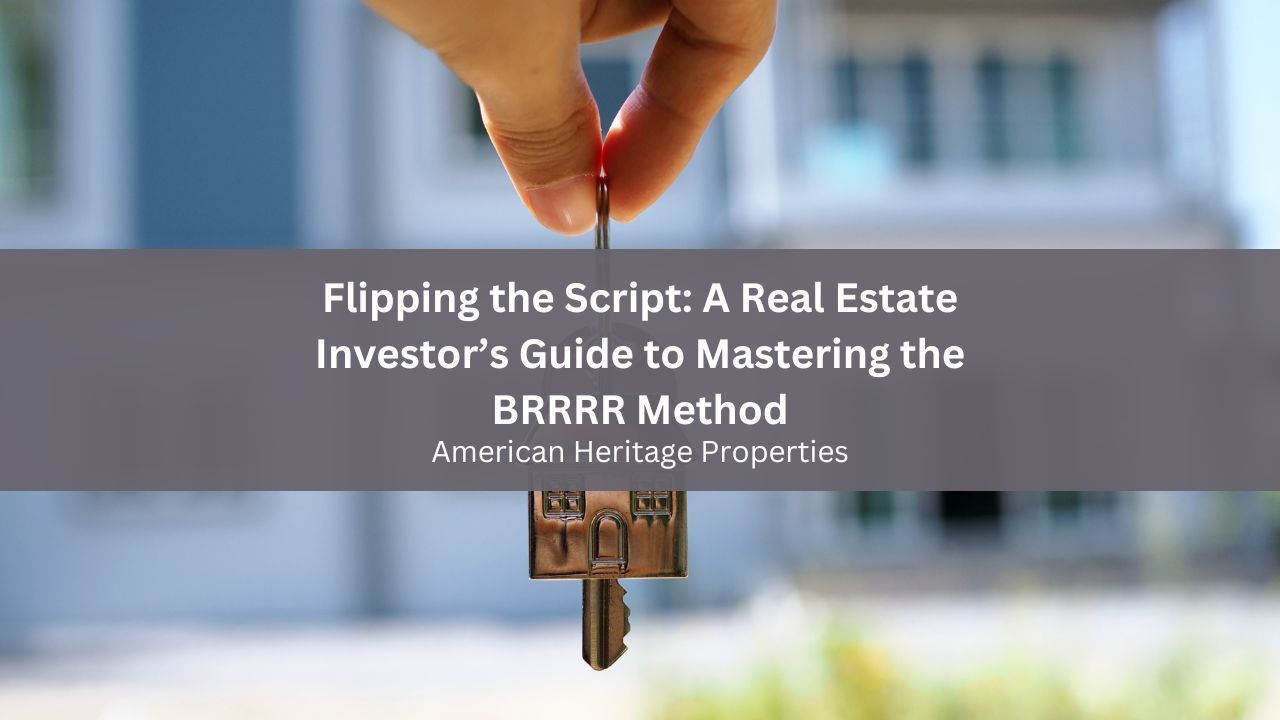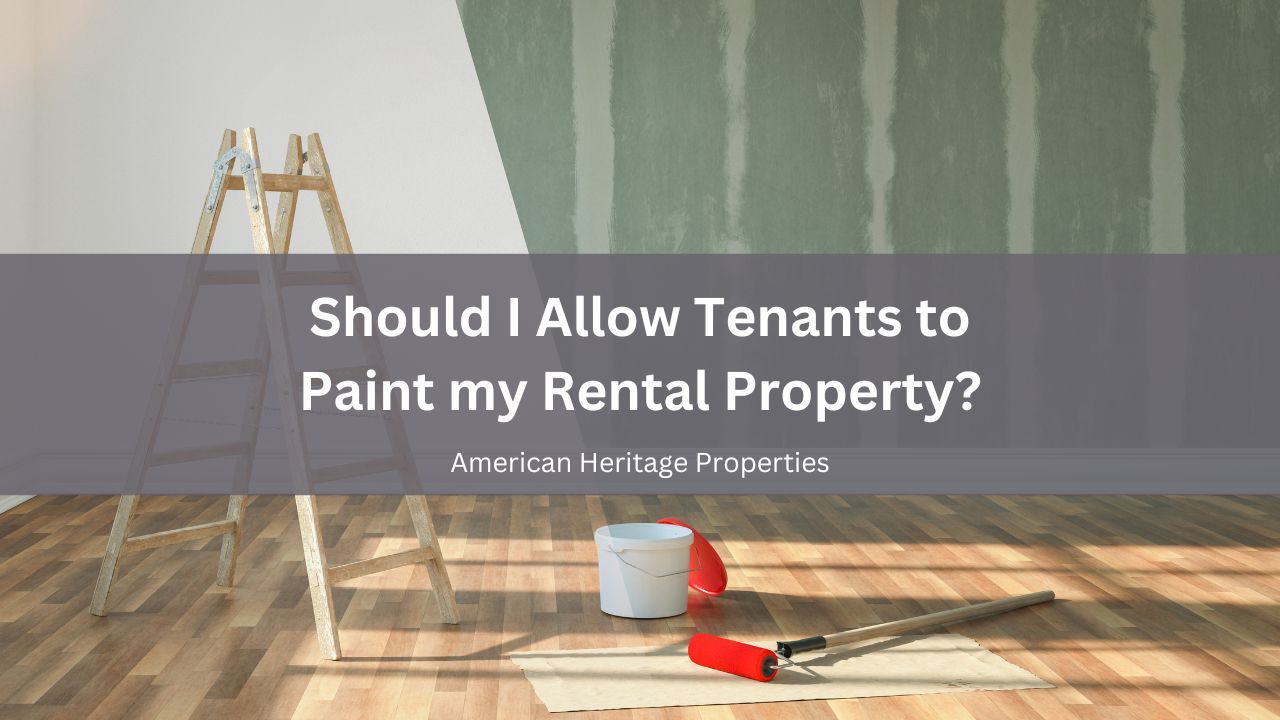A Guide to the Eviction Process in San Diego, California

Evicting a tenant is often a landlord's last resort when dealing with problematic tenants. However, understanding the eviction process in California is crucial to ensure that it is done legally and effectively.
This guide outlines the various reasons for eviction, the types of notices required, and the steps landlords must follow to legally evict a tenant.
Notice for Lease Termination with Legal Cause
A California landlord can evict a renter for various reasons. These include non-payment of rent, violation of lease terms, illegal activities on the property, or end of lease term without renewal. Let’s explore these on more detail:
Non-Payment of Rent
If tenants don’t pay rent on time, landlords can issue a "3-Day Notice to Pay Rent or Quit," providing the tenant with three days to pay the overdue rent or vacate the property.
Violation of Lease Terms
For lease violations such as unauthorized pets, excessive noise, or damaging the rental property, landlords can serve their tenant a "3-Day Notice to Cure or Quit," allowing the tenant three days to rectify the breach or move out. If they do neither, the landlord may proceed with filing the eviction lawsuit. Landlords may also be able to use the tenant’s security deposit to cover the cost of property damage.

Illegal Activities
If a tenant is involved in illegal activities, the landlord can issue a "3-Day Unconditional Quit Notice," requiring the tenant to leave the property immediately without the option to cure the violation.
End of Lease Term
When a lease term ends and the residential landlord does not wish to renew it, they can serve a "30-day or 60-day Notice to Vacate," depending on the length of the tenancy. If the tenant does not vacate the rental unit by the end of this notice period, the landlord can move forward with the eviction.
What's the Eviction Process in California?
Here is a general overview the California eviction process:
Step 1: Serving a Tenant with an Eviction Notice in California
Once you have determined the legal reasons for the eviction, the process officially begins with serving the tenant an appropriate written notice. Landlords must ensure this notice complies with California eviction and landlord-tenant laws and is delivered correctly. There are three primary ways to serve an eviction notice:
- Personal Delivery - Handing the notice directly to the tenant.
- Substituted Service - Leave the notice with someone of suitable age at the tenant's residence and mailing a copy to the tenant.
- Posting and Mailing - Affix the notice to the tenant's door and mailing a copy to the tenant. This is to be used when the tenant is absent and no one of suitable age is available.

Step 2: Filing an Unlawful Detainer Lawsuit
If the tenant does not comply with the eviction notice, the landlord can file an unlawful detainer lawsuit to seek legal action. The landlord must file the necessary paperwork with the court and pay the associated fees. The court will then issue a summons, which must be served to the tenant.
Step 3: Tenant's Response
Once served with the summons, the tenant has five days to file a response with the court. If they fail to respond, the landlord can request a default judgment. If the tenant responds, a date will be set for the eviction hearing in a California court.
Step 4: Attending the Court Hearing
If the eviction case goes to court, both parties can present their arguments and evidence. Landlords must bring all relevant documents and evidence, such as communication records, photographs, and witness statements, can significantly strengthen the landlord's case.
Note that tenants have the right to defend themselves against eviction. Common defenses include:
- Discrimination - The tenant may assert that the eviction is based on discrimination due to race, gender, religion, or another protected class which is a violation of the Fair Housing Laws.
- Improper Notice - The tenant may claim the eviction notice was served incorrectly or provided adequate time to respond.
- Retaliatory Eviction - The tenant may argue that the eviction is an act of retaliation for exercising their legal rights, such as reporting health and safety violations.
- Habitability Issues - The tenant may claim that the property is uninhabitable due to severe maintenance issues and the landlord has failed to address them.

Step 5: Obtaining a Writ of Restitution
If the judge rules in favor of the landlord, a Writ of Restitution will be issued. This document gives the tenant a short time to vacate the property. The landlord can request the sheriff's assistance to remove the tenant and their belongings from the property.
Step 6: The Eviction
With the Writ of Restitution, the landlord can proceed with the eviction. The sheriff will oversee the removal of the tenants, ensuring the process is carried out legally and safely. Once the tenant has been evicted, the landlord can change the locks and regain possession of the rental property.
Bottom Line
The eviction process in California involves several steps that landlords must follow meticulously to ensure a successful and legal eviction. By understanding the different types of eviction notices, how to serve them, and the steps involved in the legal process, landlords can navigate evictions more effectively and minimize potential complications.
If you have specific questions or require assistance, consider hiring a qualified California attorney or seeking help from a knowledgeable property management company like American Heritage Properties. We can provide expert guidance and support to ensure a smooth eviction process. Contact us today to learn more about our professional property management services!
Disclaimer: Please note that the information provided in this blog is intended for general guidance and should not be considered as a replacement for professional legal advice. It is important to be aware that laws pertaining to property management may change, rendering this information outdated by the time you read it.
Share this post









